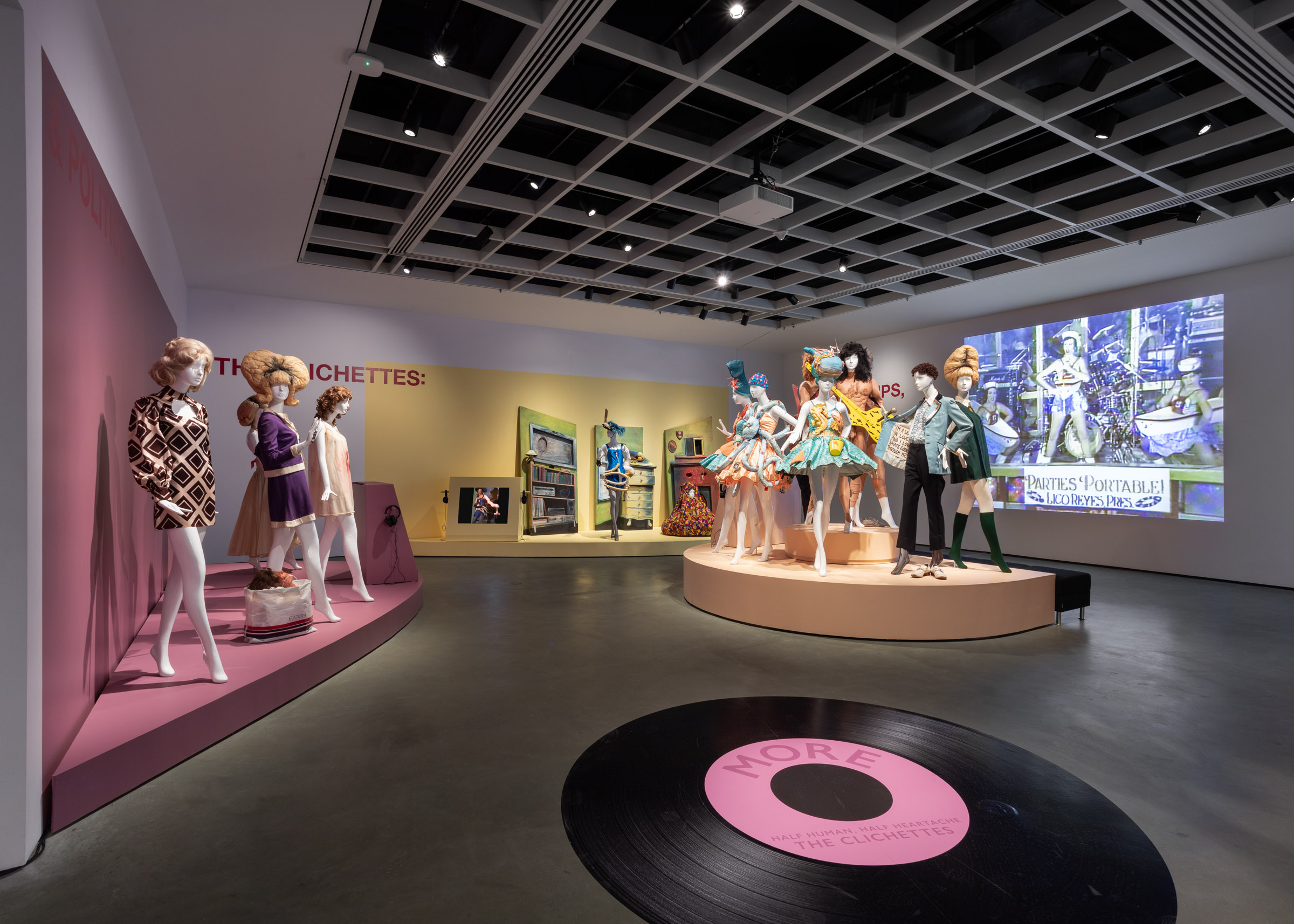Triumphal Arch: Good Idea on Paper
March 22, 2012

The Holy Roman Emperor Maximilian I (born March 22 [today!], 1459 – Jan 12, 1519) was, like so many rulers, very concerned with his legacy. There are plenty of (vain) glorious statues, churches, spires, columns, obelisks, and other such structures left to us throughout history by powerful figures; and Maximilian has certainly contributed this list.
Where he differs is in his contemporary cutting edge ideas; he used the power of the printing press. Created only shortly before his time, this invention allowed for multiples to be made of texts and images.
This was revolutionary. And inexpensive. And portable. And, very importantly, reproducible.

Albrecht Dürer (German 1471-1528) two untitled woodcuts from the Triumphal Arch of Maximilian I, 1515-1517. Gift of Herman Levy, Esq., O.B.E., 1984
Let’s say you’re Maximilian. You have a vast empire over which to wield your authority and display your legacy. You can build a giant equestrian statue in front of the biggest church in the most populated city within your realm, but this costly endeavour, while very impressive and imposing, has a limited scope of influence. Your massive rural population, who may never visit your capital city, may never see this grandiose sight.
Triumphal arches have been used by numerous emperors and other heads of state for these sorts of proclamatory purposes. They provide a large, flat and easily readable space upon which to illustrate whatever one wishes: Napoleon used his to honour war dead, inscribing on it the names of all French victories and generals. Constantine constructed his to celebrate his victory over Maxentius at the Battle of Milvian Bridge.
So, what did Maximilian do? He commissioned some of the top artists of his time to design an arch, filled with various narrative images and themes, but this arch was to be on paper!
The massive Triumphal Arch of Maximilian I was the largest print ever created. Pieced together from 192 separate woodblock prints, this print measures a mighty 3.4 m x 2.9 m. It was designed by a few artists; Albrecht Dürer is mainly credited with its creation, but in fact much of the design work fell to his assistants Hans Springinklee and Wolf Traut. Yet another artist, Albrecht Altdorfer, is credited specifically with the round towers which flank the arch.

Making sense of the masses of visual information which confronts the viewer might be daunting; breaking the aspects of the arch down into its themes helps to sort out the illustrative onslaught.
The central arch’s theme is “Honour and Might”. This section features a grand family tree, populated by ancestors’ portraits and shields of arms. The left arch is “Praise”, and the right “Nobility”; these two areas are decorated with events from Maximilian’s life, accompanied by explanatory text. The outermost towers show scenes from the emperor’s private life, though how private this private life really was is another story.
The McMaster Museum of Art has ten woodcuts from Maximilian’s arch; they come from various parts of the finished piece, including a good number of battle scenes and illustrations from the right arch of Nobility.
– Teresa Gregorio, Museum Monitor / Information Officer, McMaster Museum of Art

McMaster Museum of Art wins Exhibition of the Year for The Clichettes: Lips, Wigs and Politics
December 2, 2025
On Monday, December 1, 2025, Galeries Ontario / Ontario Galleries (GOG) announced the winners of the 48th Annual GOG Awards and the McMaster Museum of Art (M(M)A) took away the top award for the Exhibition of the Year (Budget Over $50K) for the Fall 2024 exhibition The Clichettes: Lips, Wigs and Politics produced in partnership […]

The Creative Process: Well-being through art with the McMaster Museum of Art
August 22, 2025

McMaster Museum of Art Welcomes New Communications Officer Jeff Jung Sing Chow
July 11, 2025





